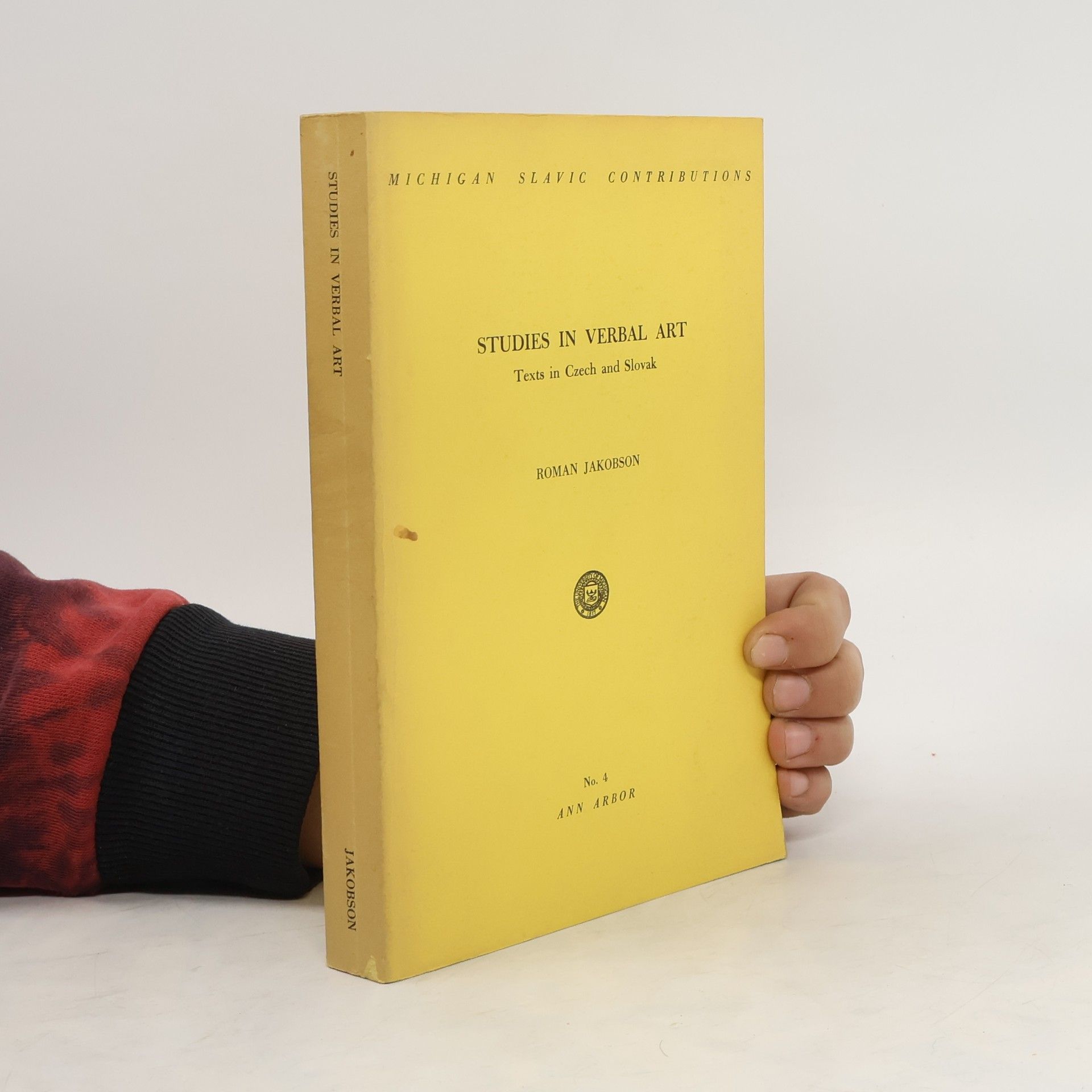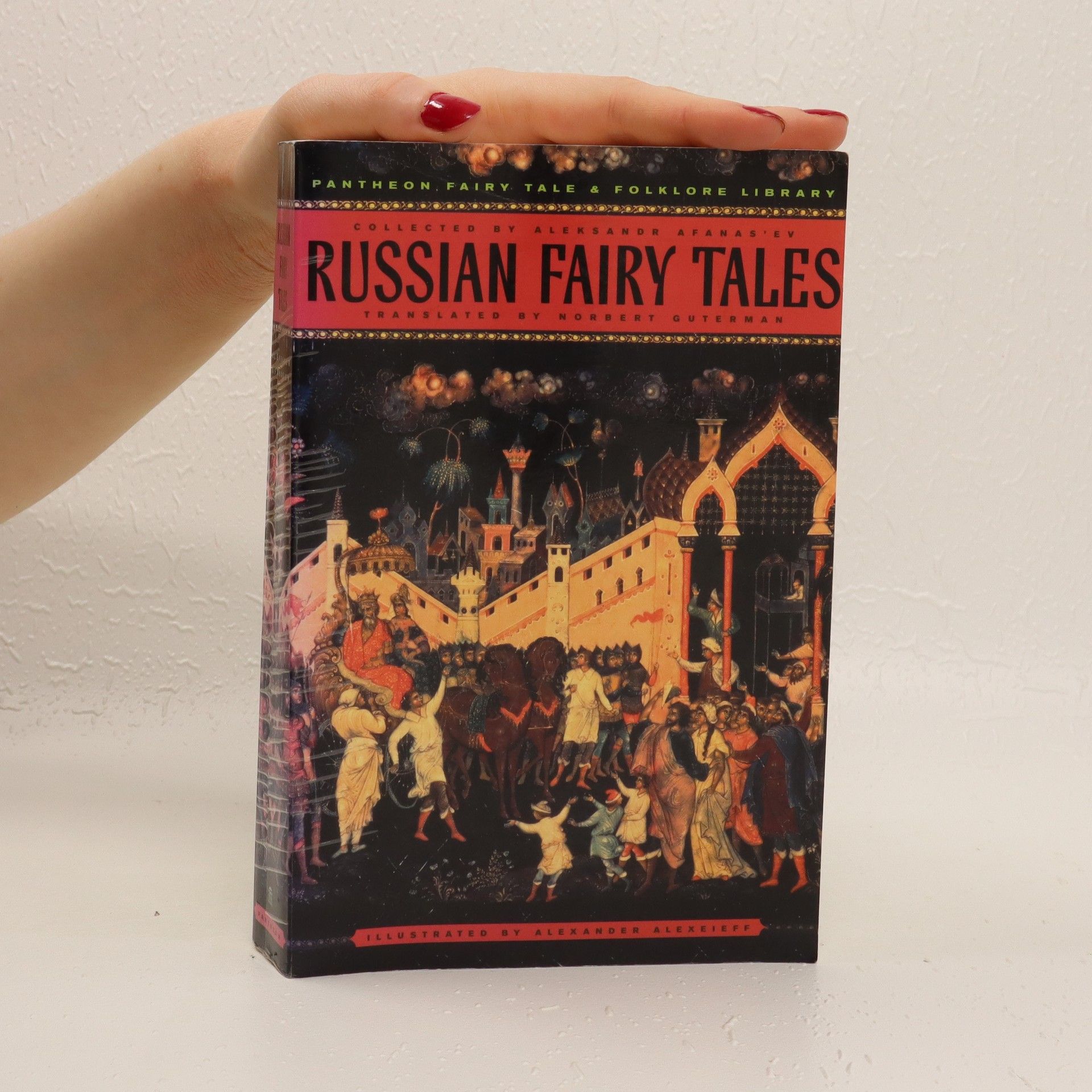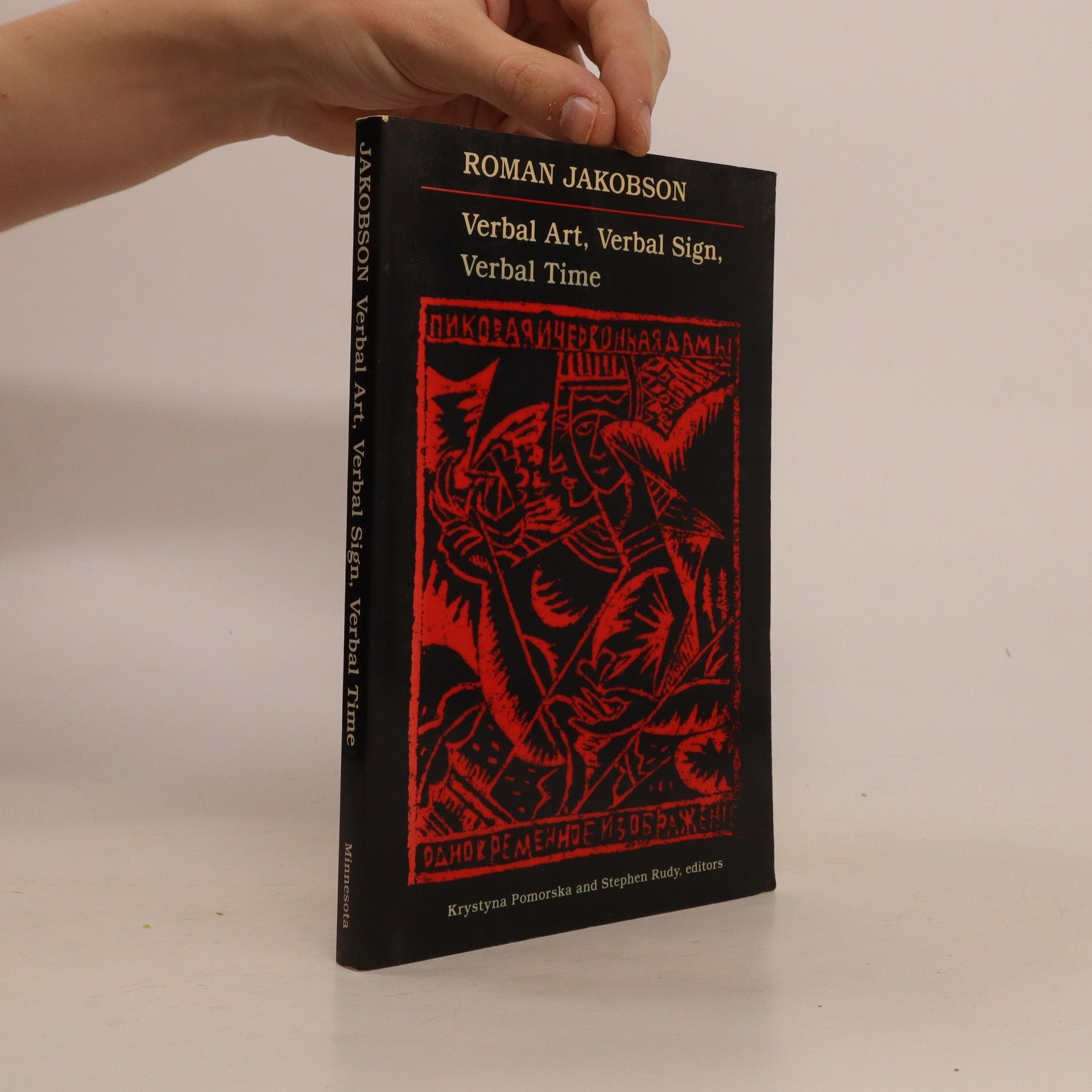InhaltsverzeichnisFrontmatter -- Contents -- Foreword -- By Way of Preface -- 1. THE PATH TOWARD POETICS -- 2. APPROACHES TO FOLKLORE -- 3. VERSE AND THE SOUNDS OF LANGUAGE -- 4. THE ROLE OF CONSONANTS IN THE DISCOVERY OF PHONEMIC OPPOSITIONS -- 5. THE EFFECTS OF INTERNATIONAL EXPERIENCE ON THE DEVELOPMENT OF LINGUISTIC THEORY -- 6. GENERAL ISSUES OF SOUNDS IN LANGUAGE -- 7. THE TIME FACTOR IN LANGUAGE AND IN LITERATURE -- 8. THE FACTOR OF SPACE -- 9. TIME IN THE FRAMEWORK OF SIGNS -- 10. THE CONCEPT OF THE MARK -- 11. PARALLELISM KP -- 12. POETRY AND GRAMMAR -- 13. SIMILARITY AND CONTIGUITY IN LANGUAGE AND LITERATURE, IN THE CINEMA, AND IN APHASIA -- 14. THE BIOGRAPHY OF THE POET, POETRY AND MYTH -- 15. SEMIOTICS -- Afterword -- BIBLIOGRAPHY
Roman Jakobson Libri
Roman Jakobson è stato una figura centrale nell'analisi strutturale del linguaggio, influenzando profondamente la linguistica e la teoria letteraria. I suoi innovativi metodi, inizialmente focalizzati sui sistemi sonori, furono abilmente estesi alla sintassi, alla morfologia e persino all'interpretazione di poesia, musica e arti visive. La generalizzazione dei metodi strutturali da parte di Jakobson divenne un importante movimento intellettuale, plasmando discipline oltre la linguistica, come l'antropologia e gli studi letterari. La sua eredità duratura continua a risuonare in campi come la semiotica culturale.







The work of Roman Jakobson has long been recognized as central to debates in linguistics and literary theory. This book makes Jakobson's ideas, previously collected only in a monumental, seven-volume edition of his selected writings, readily available for the first time. It brings together eleven essays on topics of crucial importance to poetics and linguistics
The sound shape of language
- 335pagine
- 12 ore di lettura
Reading this volume transported me back to Harvard and MIT lecture halls of the 1960s, where weekly Roman Jakobson would spellbind his audience (this reviewer included), developing his vision of language through impassioned exposition, deft and devastating allusions to critical literature, anecdotes with the force of parables, metaphors of mythic imagery, and above all else overriding verbal truly in his own phrase, 'In the poetry of grammar'. The Sound Shape of Language, his collaboration with Linda R. Waugh, a scholar who has devoted considerable attention to an exposition and elaboration of Jakobsonian views, fortunately has preserved in print the authoritative lectorial voice. Michael Silverstein in Journal of Communication
Russian fairy tales
- 672pagine
- 24 ore di lettura
In this most comprehensive collection of classic Russian tales available in English we meet both universal fairy-tale figures—thieves and heroes, kings and peasants, beautiful damsels and terrifying witches, enchanted children and crafty animals—and such uniquely Russian characters as Koshchey the Deathless, Baba Yaga, the Swan Maiden, and the glorious Firebird. The more than 175 tales culled from a centuries-old Russian storytelling tradition by the outstanding Russian ethnographer Aleksandr Afanas’ev reveal a rich, robust world of the imagination that will fascinate readers both young and old.With black-and-white drawings throughout.
Fundamentals of language
- 96pagine
- 4 ore di lettura
“Jakobson and Halle’s initial statement of the principles of linguistic organization should be made available to all future generations of linguists. It builds a solid foundation for Saussurean thinking about linguisic oppositions and establishes distinctive feature theory as the basis of their formal treatment.” Prof. Dr. William Labov, University of Pennsylvania, Department of Linguistics
Studies in Verbal Art
Texts in Czech and Slovak
Russian Epic Studies; v.42
- 232pagine
- 9 ore di lettura
Paleosiberian Peoples and Languages; a Bibliographical Guide
- 236pagine
- 9 ore di lettura